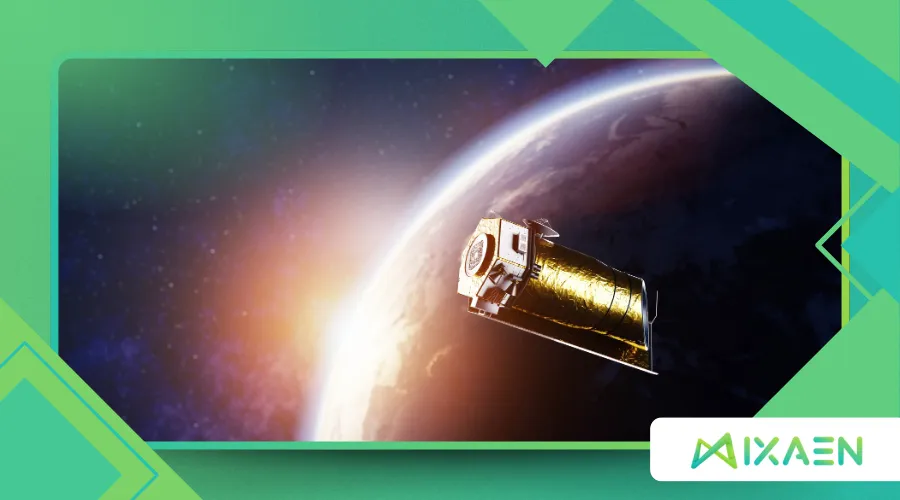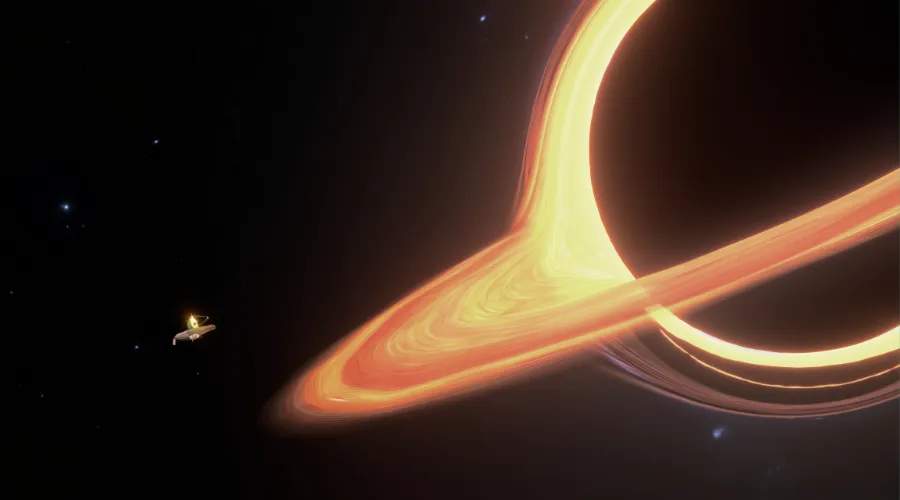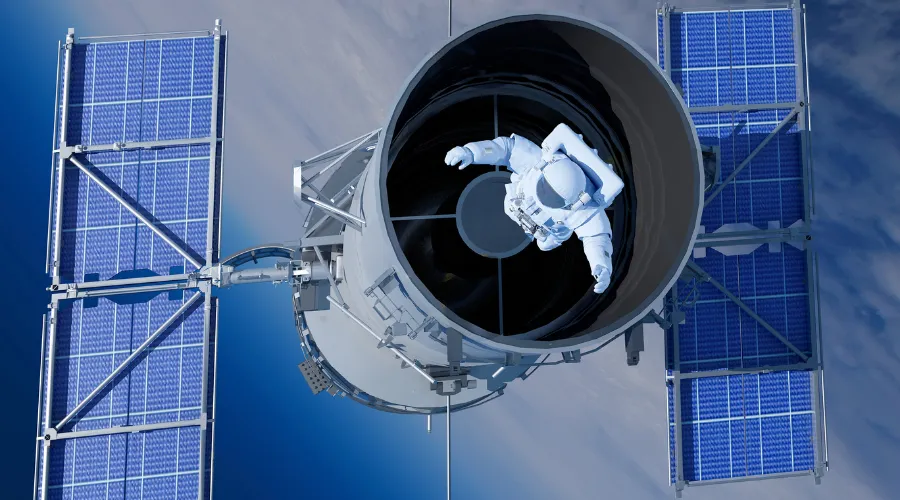The Role of Space Telescopes in the Search for the Most Distant Exoplanets

Space telescopes have revolutionized our understanding of the cosmos, pushing the boundaries of discovery beyond our solar system.
Anúncios
These sophisticated instruments, orbiting above Earth’s distorting atmosphere, provide unparalleled clarity in the hunt for exoplanets—especially those lurking in the farthest reaches of the universe.
But how exactly do they achieve this, and why are they indispensable in modern astronomy?
As technology continues to advance, the capabilities of space telescopes are expanding, allowing astronomers to explore even more distant and faint celestial objects.
Innovations in optics and imaging technology are enabling these telescopes to capture clearer and more detailed images, enhancing our understanding of the universe’s structure and evolution.
Why Earth-Based Telescopes Fall Short
Ground-based observatories face significant limitations.
Atmospheric turbulence, light pollution, and weather conditions often obscure faint signals from distant worlds.
In contrast, space telescopes operate in the vacuum of space, free from these constraints.
Instruments like Hubble, Kepler, and JWST capture high-resolution data, detecting minute dips in starlight caused by transiting exoplanets—something nearly impossible for terrestrial telescopes to achieve consistently.
A 2022 study published in Nature Astronomy confirmed that space telescopes increase exoplanet detection efficiency by over 300% compared to ground-based alternatives.
This stark difference underscores their dominance in deep-space exploration.
Moreover, the ability of space telescopes to conduct long-duration observations without interruptions allows them to gather more comprehensive data.
This capability is crucial for confirming the existence of exoplanets and studying their characteristics in detail.
Additionally, the data obtained from space telescopes can be analyzed with sophisticated algorithms, allowing for deeper insights into the nature of these distant worlds.
This combination of technology and methodology enhances our understanding of planetary systems and their formation processes.
Infrared Vision: Peering Through Cosmic Dust
One of the greatest advantages of space telescopes is their ability to observe in infrared.
Many distant exoplanets orbit dim, cool stars, emitting most of their radiation in this spectrum.
Earth’s atmosphere absorbs much of this light, but orbital observatories like JWST bypass this issue entirely.
For example, the Trappist-1 system—a collection of seven Earth-sized planets—was initially spotted by ground telescopes but only fully characterized thanks to space telescopes.
Their infrared capabilities revealed atmospheric compositions and potential habitability markers, proving indispensable in the search for life beyond Earth.
Additionally, the ability to observe in infrared allows astronomers to study the formation of stars and planetary systems obscured by dust clouds.
This insight into the early stages of planetary formation is vital for understanding how exoplanets develop and evolve over time.
Infrared observations also enable scientists to detect water vapor, carbon dioxide, and other key molecules in exoplanet atmospheres, providing clues about their potential for supporting life.
Such discoveries could reshape our understanding of habitability criteria and the diversity of planetary systems in the universe.
+ New Astronomical Record: The Most Distant Planet Ever Detected by Humans
Table 1: Key Space Telescopes and Their Exoplanet Discoveries
| Telescope | Launch Year | Notable Discoveries |
|---|---|---|
| Hubble | 1990 | First direct imaging of exoplanets (HR 8799) |
| Kepler | 2009 | Over 2,600 confirmed exoplanets |
| TESS | 2018 | 200+ new worlds, including rocky super-Earths |
| JWST | 2021 | Atmospheric analysis of distant exoplanets |

Transit Method vs. Direct Imaging: A Two-Pronged Approach
Space telescopes employ multiple techniques to locate exoplanets.
The transit method, used by Kepler and TESS, monitors stars for periodic dimming caused by orbiting planets.
This approach excels at finding large numbers of worlds but favors those close to their host stars.
Direct imaging, on the other hand, captures actual light from exoplanets—ideal for detecting young, massive planets far from their stars.
Hubble and JWST have successfully imaged such worlds, including the famous Fomalhaut b.
Combining these methods maximizes discovery potential, ensuring no celestial body goes unnoticed.
The collaboration between different telescopes also enhances the reliability of findings.
For instance, confirming a candidate exoplanet detected by one method with another provides greater confidence in the results.
This multi-faceted approach is essential for building a comprehensive catalog of exoplanets, paving the way for future studies.
Furthermore, as new techniques are developed, the possibilities for discovering exoplanets will continue to expand.
Innovative methods such as gravitational microlensing and astrometry are gaining traction, promising to reveal even more hidden worlds in the cosmos.

The Future: Next-Gen Orbital Observatories
Upcoming missions like ESA’s PLATO and NASA’s Nancy Grace Roman Telescope promise even greater breakthroughs.
These next-gen space telescopes will focus on Earth-like planets in habitable zones, equipped with advanced spectrographs to analyze atmospheric biosignatures.
The potential for discovering habitable exoplanets is unprecedented, as these missions will be designed specifically for this purpose.
Additionally, the integration of artificial intelligence in data analysis will allow these telescopes to process vast amounts of information more efficiently.
This technological advancement will lead to quicker identification of exoplanets and their characteristics.
As we look toward the future, the collaboration between international space agencies will become increasingly important.
Shared resources and data will enhance our collective understanding of the universe and streamline the search for exoplanets.
++ Habitability Conditions: What Makes an Exoplanet Ideal
Table 2: Upcoming Space Telescopes and Their Missions
| Telescope | Agency | Launch (Est.) | Primary Goal |
|---|---|---|---|
| PLATO | ESA | 2026 | Habitable zone exoplanets |
| Roman | NASA | 2027 | Dark energy & exoplanet surveys |
| ARIEL | ESA | 2029 | Atmospheric composition studies |
For further reading on the latest developments in space exploration, visit NASA.
Conclusion: The Unmatched Power of Space Telescopes
Without space telescopes, humanity’s grasp of distant exoplanets would remain rudimentary.
Their ability to bypass atmospheric interference, utilize infrared imaging, and combine detection methods makes them irreplaceable.
As technology advances, these orbital eyes will continue uncovering the universe’s deepest secrets—one distant world at a time.
The ongoing discoveries made by these telescopes will shape our understanding of the universe for generations to come.
As we continue to explore the cosmos, the quest for knowledge about distant exoplanets will undoubtedly lead to profound revelations about our place in the universe.
Moreover, the potential for collaboration across scientific disciplines will enhance our ability to interpret and understand the data collected from these missions.
The future of space exploration is bright, and the role of space telescopes will be pivotal in unraveling the mysteries of the universe.
